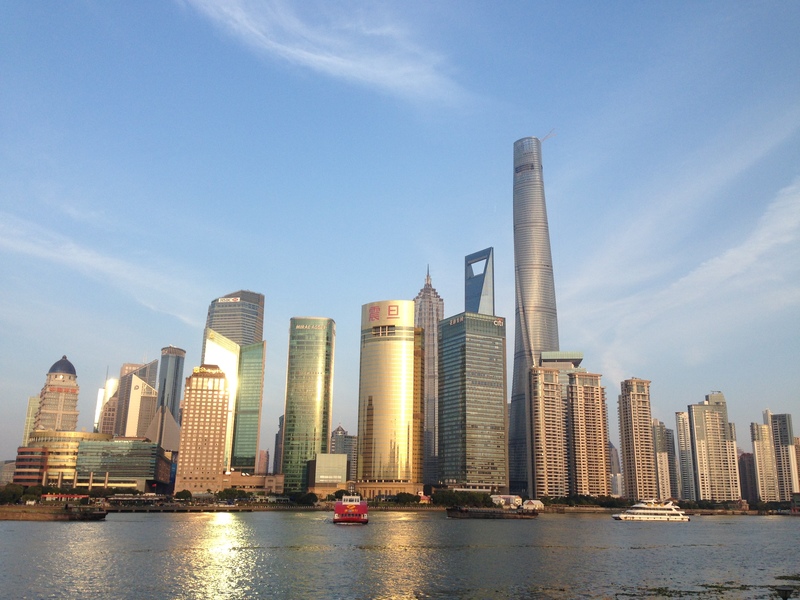Code Green Solutions


You know you’re a solar nerd when you always choose a window seat just to give yourself a few moments to survey the surrounding landscape for solar installations during takeoff and landing. Yep, that’s me. As I traveled around China for almost three weeks, I was surprised by all of the solar PV that I didn’t see while visiting several Chinese cities. For a country that boasts the largest installed PV capacity in the world, I really expected to see more solar. The obvious explanation is that China’s installed capacity has focused almost exclusively on state-supported, utility-scale development located far outside of the country’s megacities. China’s reported solar figures are overwhelming, even if they’re somewhat inflated. At IronOak Energy Insights, we built a great solar stocks tool on our website that tracks several Chinese module manufacturers, but consider these additional facts:
In 2015, one out of every three PV modules connected to the grid was installed in China
China interconnected 15 GW of solar in 2015, a 43% increase from 2014
China will consume 27% of the global solar demand in 2016
C+I Solar Market Space Is Wide Open
After a series of meetings with solar entrepreneurs in Shanghai, I’m convinced that China’s next solar frontier is the vastly underserved rooftop commercial and industrial solar market within some of the most densely populated cities in the world. Previously, commercial building owners waited on government directives to invest in efficiency efforts, but the cost of installing solar has fallen dramatically allowing solar electricity to become increasingly competitive with retail utility rates. China’s plans to move an additional 250 million people into its largest cities by 2026 will strain urban infrastructure by increasing centralized electricity demand and pushing electricity prices beyond grid parity. Focused sales efforts have already started to resonate with commercial building owners as they view rooftop solar as a vehicle to stabilize operating expenses and combat the ever present air quality concerns. The IEEFA forecasts that of the 18 GW of solar that China will install in 2016, 40% will come from rooftop capacity. Companies like Seeder Clean Energy are pioneering the PPA financing model in Shanghai and Beijing with dedicated equity investors that are projecting an average IRR north of 20%. Despite the resounding optimism, the inconsistency of government subsidy payments to developers has created a sense of uncertainty in this market, but that’s just par for the course when doing business in China.
Decarbonizing China: All Hands On Deck
China’s overall energy demand is growing rapidly as rural, farming lifestyles are transitioning towards a more contemporary, connected society. To responsibly address this transition, China’s central government is quickly diversifying its generation mix to further reduce the country’s dependence on coal fired power production. While China invested heavily in new renewable energy capacity in 2015, the country’s coal consumption fell by 3.7% in an attempt to reduce the supply of coal fired generation and address the country’s position as the world’s largest greenhouse gas emitter. In addition to standing as the world leader for installed solar PV capacity, China also has the most wind energy capacity (added 32 GW in 2015 alone) of any other country. China boasts the largest network of high speed rail lines, and will soon become the largest consumer of electric vehicles. Did I forget to mention that China also has more internal combustion engines on the road than any other country? With 1.38 billion people, China’s infrastructure problems are larger than most of us can imagine, but don’t shy away from finding your niche in what will undoubtedly become the world’s largest electricity marketplace.
###
Article orginally posted at IronOak Energy Insights.